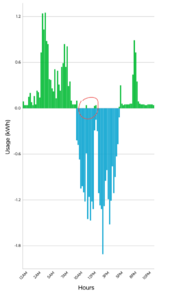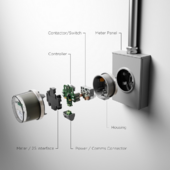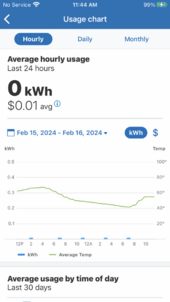I had no idea how they work. Thanks!This is how Tesla has got Powerwall installation so fast and easy.
1. Backfeed breaker from Powerwall into a panel like a grid tie.
2. Pull the meter out, install the meter adapter, put the meter on.
Meter adapter serves both as the CTs for on grid zeroing and as the backup control switch that disconnects the utility and tells the inverter it is ok to island.
Can be fully installed in a couple hours.
Something like they is going to be what just people who are already grid tied and just looking for battery storage would use I think








